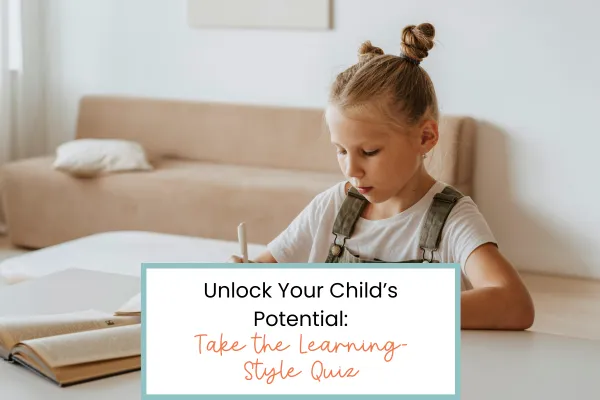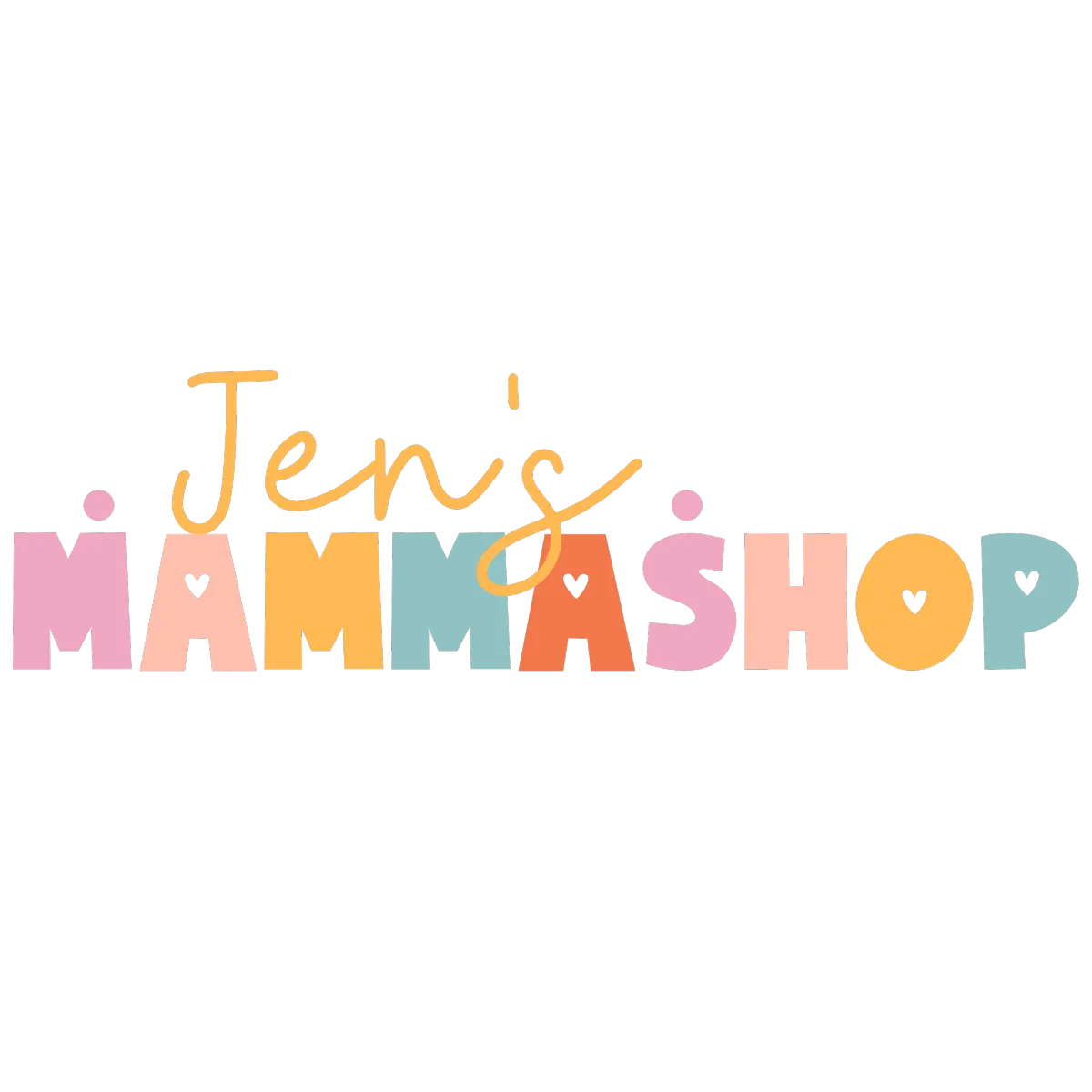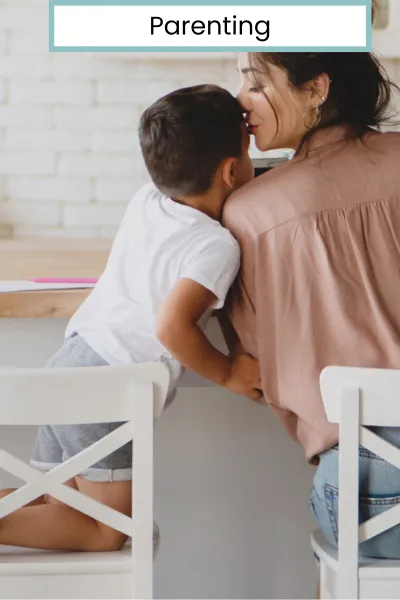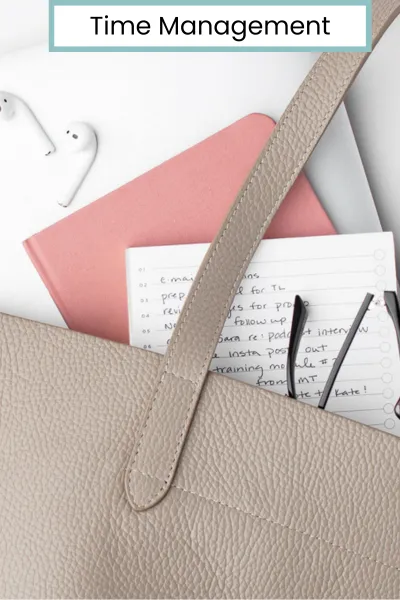

ALL THE LATEST

Unlock Your Child's Potential: How a Learning Style Assessment Can Speed Up Learning
Do you ever find yourself wondering how it was that homeschooling got so difficult? That you thought you knew what your child needed, but you're truly at a loss?
Yeah, I get it. But you can figure out what your child needs. You can do what you've always planned to do: create a tailored learning environment that helps your child learn at their best.
But here's the question. How do we do this? It comes with figuring out how your child learns. It comes with understanding your child's unique way of absorbing information.
As homeschooling moms, we wear many hats—teacher, chef, nurse, and sometimes even magician (because let's face it, getting kids to focus on math can feel like pulling a rabbit out of a hat). One of the best tools in our educational toolkit is understanding how our children learn best.
This is where a learning style assessment quiz comes into play. It's a simple, heartwarming way to tailor your teaching to your child's natural preferences. It will make learning faster, more efficient, and a lot more enjoyable for both of you.
And...it will help them absorb the information faster and more efficiently.
The added bonus? It's easier to figure out than you think!
Understanding the Learning Styles
First things first—what exactly are learning styles?
In a nutshell, learning styles are the preferred ways in which individuals process information. There are three main types: auditory, visual, and kinesthetic. Knowing your child's learning style can help you create a more effective homeschooling environment.
This is how you can figure out the best way to teach your child. Discover how they learn and use that information to give them the tools and resources they need to learn well!
What are the learning styles?

Auditory Learners
Auditory learners absorb information best through listening. They thrive on verbal instructions and often remember what they hear more accurately than what they see.
Here’s how you can support your little auditory learner:
Read Aloud: Incorporate story time into lessons. Reading books aloud, especially with expressive voices, helps them retain information.
Discussion-Based Learning: Encourage discussions and verbal feedback. Let your child explain what they've learned in their own words.
Use of Music and Rhymes: Create songs or rhymes to help memorize facts or steps. Who knew multiplication tables could sound so catchy?
Audio Books and Recordings: Utilize audiobooks and educational podcasts. These are great for when you need a break (hello, quiet time!).
Group Activities: Engage in group discussions and collaborative projects. Sometimes hearing different perspectives solidifies understanding.

Visual Learners
Visual learners need to see information to process it effectively. They benefit greatly from visual aids and often have a knack for remembering faces, places, and details.
Here are some tips for your visual learners:
Visual Aids: Use charts, diagrams, and flashcards. Visual learners love seeing information in an organized manner.
Color Coding: Encourage color-coded notes and highlighting key information. It's like adding a splash of fun to their notes!
Mind Maps: Create mind maps to visualize connections between concepts. It helps them see the big picture.
Videos and Demonstrations: Incorporate educational videos and demonstrations. Sometimes seeing an experiment is way cooler than reading about it.
Written Instructions: Provide step-by-step written instructions for tasks. This gives them a clear guide to follow.

Kinesthetic Learners
Kinesthetic learners need to move and touch to learn. They process information best through hands-on activities and physical engagement.
Here’s how to cater to your kinesthetic learner:
Hands-On Projects: Incorporate plenty of hands-on activities and experiments. Science projects are a big win here!
Movement-Based Learning: Allow them to move while learning. Walking around while reciting facts or using a whiteboard can work wonders.
Role-Playing: Use role-playing or acting out scenarios. It’s a fun way to bring history or literature to life.
Interactive Games: Implement learning games that require physical activity. Think scavenger hunts for vocabulary words or math relay races.
Frequent Breaks: Give them frequent breaks to stretch and move around. Sitting still can be a challenge for these active learners.

Taking the Learning Style Assessment
So, how do you find out which learning style suits your child best? A learning style assessment quiz is the perfect starting point.
Find a Quiz: Look for a reputable learning style assessment quiz. You can sign up here to receive my free learning-style quiz ebook.
Take the Quiz Together: Sit with your child and take the quiz together. Make it a fun activity rather than a test. Your child’s responses will help pinpoint their dominant learning style.
Analyze the Results: Once you have the results, take some time to understand them. Remember, many kids are a mix of different styles, but they usually have one dominant preference.
Tailor Your Teaching: Use the insights from the quiz to tailor your teaching methods. In the quiz ebook, I have different suggestions for curriculum that will work for each learning style. Experiment with different strategies and see what works best for your child.
The Benefits of Knowing Your Child’s Learning Style
Understanding your child’s learning style is like having a secret weapon. It not only speeds up their learning process, but it also makes it more enjoyable.
Here are some of the key benefits:
Increased Engagement: Lessons are more engaging when they’re aligned with your child’s natural preferences.
Better Retention: Kids retain information better when they learn in their preferred style.
Reduced Frustration: Tailoring your approach can reduce frustration for both you and your child. Learning becomes a smoother, happier process.
Boosted Confidence: When children see that they can learn effectively, their confidence soars. This positive reinforcement encourages a lifelong love of learning.
As homeschooling moms, we have the unique opportunity to personalize our children's education in a way that traditional schools often can't. By using a learning style assessment quiz, we can tap into our kids' natural strengths and make learning faster and more fun. So, grab a cup of coffee, take that quiz, and get ready to watch your child thrive like never before.
Remember, every child is unique, and there's no one-size-fits-all approach to education. But with a little understanding and a lot of love, we can help our children reach their full potential. Let’s celebrate those "aha" moments, laugh through the challenges, and enjoy the beautiful journey of learning together.





